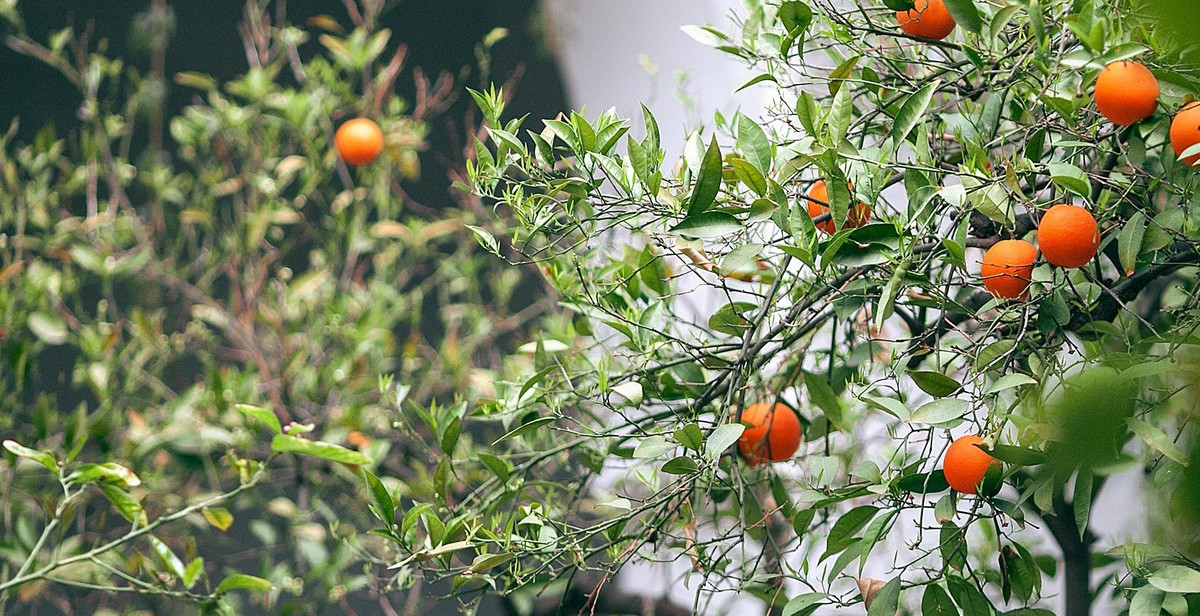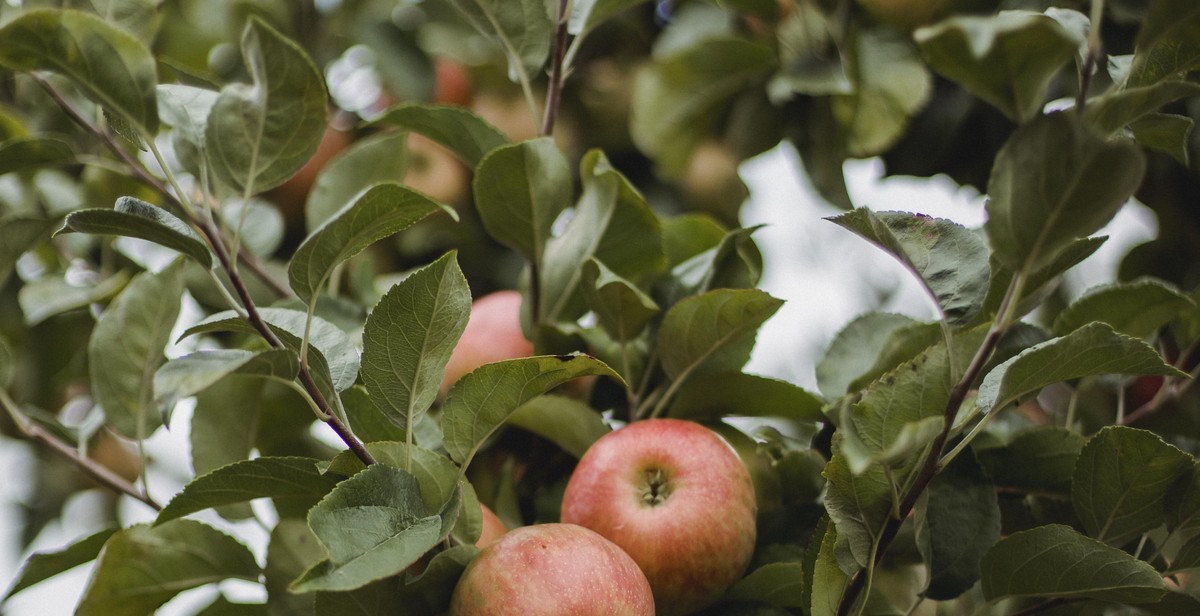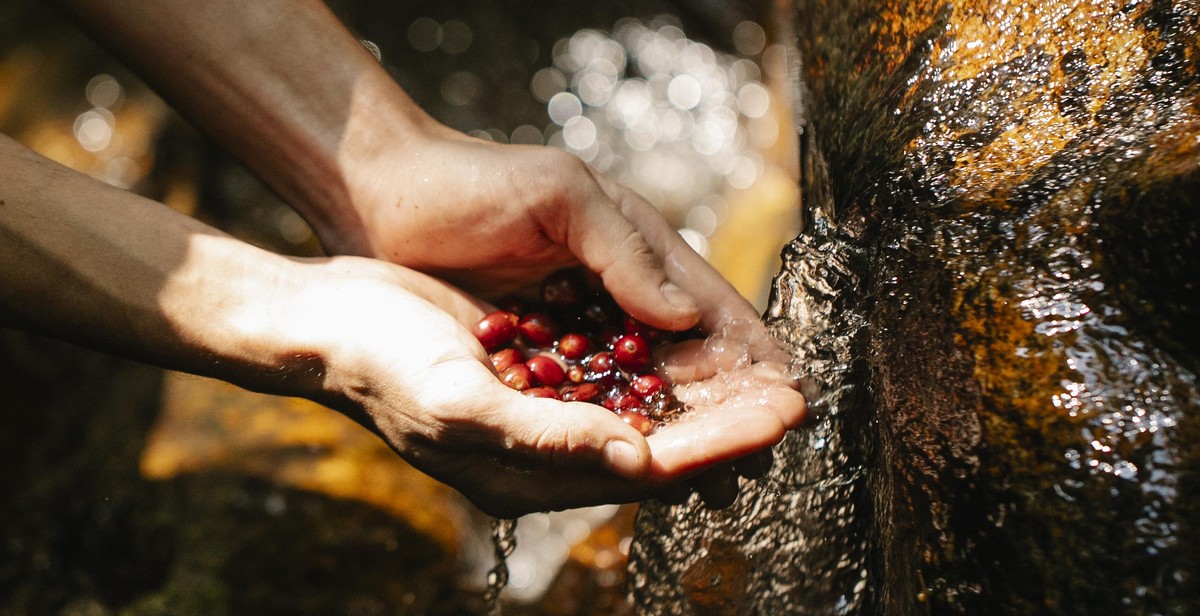How to Grow a Bountiful Fruit Orchard in Your Yard
If you’re a fruit lover, there’s nothing quite like the taste of fresh, home-grown produce. Growing your own fruit trees not only provides you with a bountiful harvest, but it’s also a rewarding and fulfilling experience. You get to watch your trees grow and mature, and enjoy the fruits of your labor. But why should you bother growing your own fruit trees when you can just buy fruit from the store?
Why Grow Your Own Fruit Trees?
There are many reasons why you should consider growing your own fruit trees:
- Health Benefits: Store-bought fruit is often treated with pesticides and other chemicals that can be harmful to your health. When you grow your own fruit, you know exactly what went into it.
- Taste: Home-grown fruit is often much tastier than store-bought fruit, since it’s allowed to fully ripen on the tree.
- Saving Money: While there is an initial investment in buying and planting fruit trees, over time you’ll save money by not having to buy fruit from the store.
- Environmental Benefits: Growing your own fruit trees helps reduce your carbon footprint by eliminating the need for transportation and packaging.
Now that you know why growing your own fruit trees is a great idea, it’s time to get started. In the following sections, we’ll cover everything you need to know to grow a bountiful fruit orchard in your yard.

Choosing the Right Fruit Trees for Your Orchard
When it comes to growing a bountiful fruit orchard, choosing the right fruit trees is crucial. Here are some important factors to consider when selecting the right tree varieties for your orchard.
Understanding Your Climate Zone
The first step in selecting the right fruit trees for your orchard is to understand your climate zone. Different fruit trees thrive in different climates, so it’s important to choose trees that are well-suited to your region. Consult with your local nursery or agriculture extension office to determine which fruit trees are best suited for your area.
Selecting the Right Tree Varieties
Once you have determined which fruit trees are best suited for your climate zone, it’s time to select the right tree varieties. Consider factors such as fruit flavor, size, and ripening time, as well as disease resistance and overall hardiness. Some popular fruit tree varieties for orchards include:
- Apple trees (such as Granny Smith, Honeycrisp, and Gala)
- Pear trees (such as Bartlett, Anjou, and Bosc)
- Cherry trees (such as Bing, Rainier, and Montmorency)
- Peach trees (such as Elberta, Redhaven, and Georgia Belle)
- Plum trees (such as Santa Rosa, Methley, and Stanley)
Determining the Best Planting Location
Once you have selected the right fruit tree varieties for your orchard, it’s important to determine the best planting location. Fruit trees require plenty of sunlight and well-draining soil, so choose a location that receives at least 6-8 hours of direct sunlight per day and has soil that is rich in organic matter.
It’s also important to consider factors such as spacing and pollination. Fruit trees should be spaced at least 10-15 feet apart to allow for proper growth and development, and it’s best to plant multiple varieties of fruit trees to ensure proper pollination and fruit set. Consult with your local nursery or agriculture extension office for specific planting recommendations based on your chosen fruit tree varieties.
| Fruit Tree Variety | Flavor | Size | Ripening Time |
|---|---|---|---|
| Granny Smith Apple | Tart | Medium | Mid-late season |
| Bartlett Pear | Sweet | Medium | Mid-late season |
| Bing Cherry | Sweet | Large | Early season |
| Elberta Peach | Sweet | Large | Mid-late season |
| Santa Rosa Plum | Sweet-tart | Medium | Mid-late season |

Planting Your Orchard
Planting a fruit orchard in your yard can be a rewarding experience. To ensure a bountiful harvest, it is essential to properly prepare the soil, use proper planting techniques and tips, and care for your trees.
Preparing the Soil
Before planting your fruit trees, it is important to prepare the soil. The soil should be well-drained and fertile. If your soil is not suitable for planting, you can amend it by adding organic matter such as compost or aged manure. The organic matter will improve soil structure, increase soil fertility, and provide nutrients for your trees.
It is also important to test the soil pH. Most fruit trees prefer a pH between 6.0 and 7.0. If your soil pH is too low or too high, you can adjust it by adding lime or sulfur.
Planting Techniques and Tips
When planting your fruit trees, it is important to select healthy and disease-free trees. You can purchase trees from a reputable nursery or online supplier. Make sure to choose a variety that is suitable for your climate and soil type.
When planting your trees, dig a hole that is twice as wide and deep as the root ball. Gently remove the tree from the container and loosen the roots. Place the tree in the center of the hole and backfill with soil, making sure to firm the soil around the roots. Water the tree thoroughly after planting.
Spacing is also important when planting your fruit trees. Most fruit trees require at least 15 feet of space between each tree to allow for proper growth and development.
Caring for Your Trees
Proper care is essential for the health and productivity of your fruit trees. Water your trees deeply and regularly, especially during dry spells. Fertilize your trees with a balanced fertilizer in the spring and fall. Prune your trees in the winter to remove dead, diseased, or damaged branches and to promote healthy growth.
Pests and diseases can also affect the health of your trees. Monitor your trees regularly for signs of pests or diseases and take appropriate action if necessary. You can use organic or chemical treatments to control pests and diseases.
In conclusion, planting a fruit orchard in your yard can be a rewarding experience. By properly preparing the soil, using proper planting techniques and tips, and caring for your trees, you can enjoy a bountiful harvest for years to come.

Maintaining Your Orchard
Once you have successfully planted your fruit orchard, it is essential to maintain it properly. Proper maintenance will ensure that your trees remain healthy, produce high-quality fruit, and continue to grow year after year. Here are some tips for maintaining your orchard.
Pruning and Training Your Trees
Pruning is essential for maintaining the size and shape of your fruit trees. It also helps to remove any damaged or diseased branches, allowing the tree to focus its energy on healthy growth. Pruning should be done during the dormant season, typically in late winter or early spring before the trees begin to bud.
Training your trees is also important. This involves guiding the growth of the tree to ensure it grows in the desired shape and direction. Training should be done when the tree is young, typically in the first few years after planting.
Fertilization and Pest Control
Fertilization is important for ensuring that your trees have the nutrients they need to grow and produce high-quality fruit. The type and amount of fertilizer needed will depend on the type of fruit tree and the soil conditions in your orchard. It is recommended to have your soil tested to determine the specific needs of your trees.
Pest control is also essential for maintaining the health of your trees and the quality of your fruit. There are various pests that can damage fruit trees, including insects and diseases. It is important to identify any pest problems early and take appropriate action to control them.
Harvesting and Storing Your Fruit
Harvesting your fruit at the right time is crucial for ensuring the best flavor and quality. Different types of fruit have different harvest times, so it is important to research the specific needs of your trees. Once harvested, fruit should be stored properly to ensure it stays fresh for as long as possible.
Storing your fruit in a cool, dry place is recommended. Some fruits can also be stored in the refrigerator or freezer. It is important to handle fruit carefully to avoid bruising or damage.
| Task | Timing | Tools/Supplies |
|---|---|---|
| Pruning | Late winter/early spring | Pruning shears, saw, loppers |
| Training | First few years after planting | Stakes, ties, pruning shears |
| Fertilization | Varies depending on tree and soil conditions | Fertilizer appropriate for tree and soil |
| Pest Control | Ongoing | Pesticides, insect traps, disease-resistant varieties |
| Harvesting | Varies depending on fruit type | Harvesting baskets, clippers, ladder |
| Storage | After harvesting | Refrigerator, freezer, cool, dry place |

Conclusion
Creating a bountiful fruit orchard in your yard is a rewarding and fulfilling experience. With the right planning, preparation, and maintenance, you can enjoy fresh and delicious fruits straight from your own backyard.
Key Takeaways
- Choose the right location for your fruit trees based on sunlight, soil, and drainage.
- Select fruit tree varieties that are well-suited to your climate and growing conditions.
- Plant and care for your fruit trees properly to ensure healthy growth and fruit production.
- Prune your fruit trees regularly to promote proper growth and fruiting.
- Protect your fruit trees from pests and diseases to ensure a bountiful harvest.
Enjoying the Fruits of Your Labor
As your fruit trees mature and begin to produce fruit, you can look forward to enjoying the fruits of your labor. Whether you prefer to eat your fruit fresh, use it in recipes, or preserve it for later, there are many ways to enjoy the delicious and nutritious fruits from your orchard.
By following the tips and advice in this article, you can create a thriving fruit orchard that will provide you with fresh and flavorful fruit for years to come. So, roll up your sleeves and get ready to start growing your own bountiful fruit orchard!
